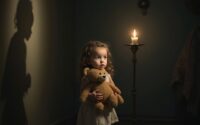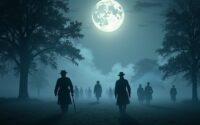Why Do Ghosts Appear in Victorian Clothing?
Ghosts often appear in Victorian clothing, reflecting a deep connection to the societal customs of that era. The intricate garments symbolize not only mourning practices but also a fascination with the supernatural. This leads to questions about emotional attachments and how unresolved feelings from the past linger in the present. Understanding these ghostly encounters requires examining the mourning customs and cultural narratives of the Victorian period more closely. What might they reveal about the connections we share with the past?
Introduction
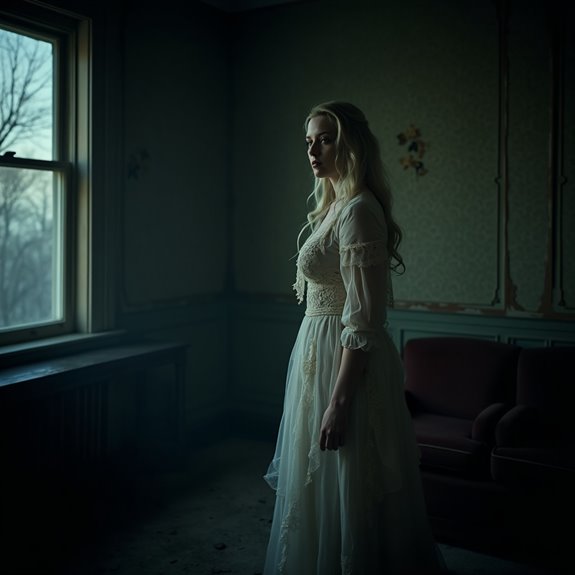
In the dimly lit parlors of Victorian homes, one might catch a glimpse of the past, where whispers of the supernatural mingled with the daily lives of its inhabitants. The fascination with ghosts grew during this era, a time when spiritualism captured many imaginations. Stories of apparitions draped in the elaborate garments of the time sparked intrigue and fear, capturing the essence of a society grappling with life, death, and the unknown. The reasons these spectral figures appeared in Victorian clothing often linked to love, loss, or unresolved conflicts, reflecting the profound emotions of those left behind. As the line between the living and the dead blurred, these ghostly encounters became a significant part of the Victorian cultural tapestry, resonating through generations.
Victorian Era Mourning Customs
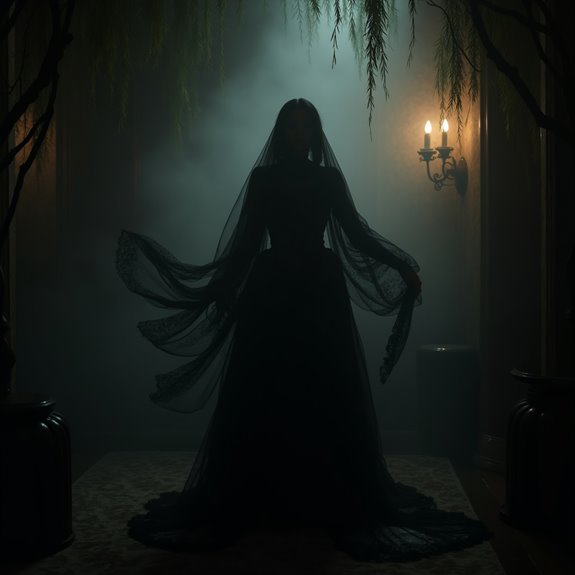
Victorians took mourning very seriously, often observing elaborate customs that reflected their deep-seated beliefs about death and the afterlife. They wore specific clothing, primarily black, for extended periods, signaling their grief to the world. Widows, in particular, donned heavy mourning attire, shifting through stages from full black to lighter shades over time. They also adorned themselves with mourning jewelry, often made from the hair of deceased loved ones. Funerals were solemn affairs, complete with elaborate processions and rituals designed to honor the deceased. The Victorians believed in respecting the dead, manifesting through their customs and practices. This focus on mourning allowed them to navigate their understanding of loss, shaping their cultural landscape in a profound way.
Notable Cases or Sightings
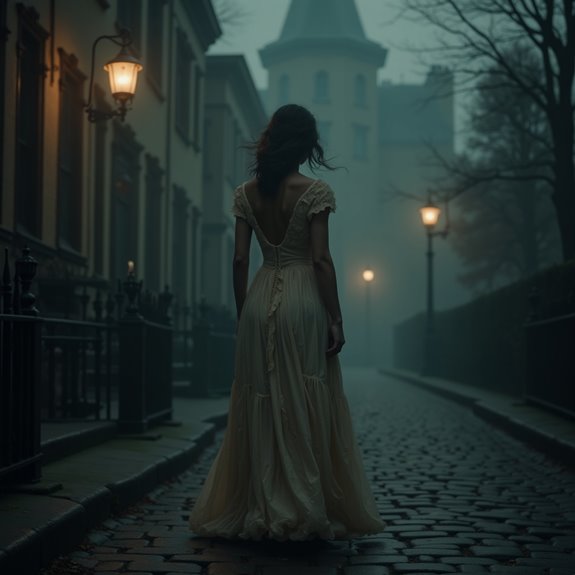
Many accounts of ghostly encounters from the Victorian era highlight the distinct imagery of spirits clad in period clothing. One famous case involves the ghost of a woman dressed in black, reported wandering the halls of the historic Edinburgh Castle. Witnesses describe her as melancholic, as if searching for something lost. Another notable sighting occurred at the Stanley Hotel in Colorado, where guests have claimed to see a ghostly figure in a Victorian gown lingering near the ballroom. Similarly, the ghost of a lady in white has haunted the ancient ruins of Castle Bran in Romania. These striking tales reveal a deep connection between the apparitions and their attire, cementing the enduring presence of Victorian ghosts in historical narratives.
Common Theories or Explanations
While some dismiss ghostly encounters as mere figments of imagination, others explore various theories that attempt to explain these spectral sightings. One common theory suggests that spirits are remnants of individuals deeply attached to their past, often manifesting in clothing styles from their era. Another explanation centers on the concept of residual energy, where emotional events leave imprints in specific locations, triggering sights or sounds reminiscent of the past. Some researchers argue that historical contexts influence the mind; people may perceive figures in Victorian attire due to cultural conditioning or media representations. Additionally, the notion of time as non-linear posits that souls could cross temporal boundaries, materializing in forms recognizable to onlookers. Each explanation invites curiosity into the intriguing intersection of the past and present.
Frequently Asked Questions
Do Ghosts Wear Clothing From Other Historical Periods?
Ghosts often wear clothing from various historical periods, reflecting their lives and experiences. Some appear in medieval attire, while others don 1920s fashions, showcasing the diverse backgrounds of spirits lingering in the physical world.
Can the Clothing Style Indicate the Ghost’s Identity?
Yes, the clothing style can indicate a ghost’s identity. People often associate specific garments with particular time periods, helping to connect apparitions to their historical backgrounds or significant life events, revealing personal stories long after their passing.
How Does the Victorian Era Influence Modern Ghost Sightings?
The Victorian era’s fascination with death and the afterlife shapes modern ghost sightings. It instills a sense of nostalgia, leading many to perceive apparitions dressed in period attire, which connects their experiences to historical beliefs and aesthetics.
Are There Specific Locations Where Victorian Ghosts Are More Commonly Seen?
Many believe specific locations like historic homes, museums, and cemeteries host Victorian ghosts. Sites rich in history and haunting tales often attract these apparitions, creating a lasting connection between the past and the present.
Do Ghosts in Victorian Clothing Have Specific Behaviors or Traits?
Ghosts in Victorian clothing often exhibit traits like wandering aimlessly, interacting with objects, or appearing during certain times. They may seem melancholic or protective, reflecting the emotions and experiences tied to their past lives.

